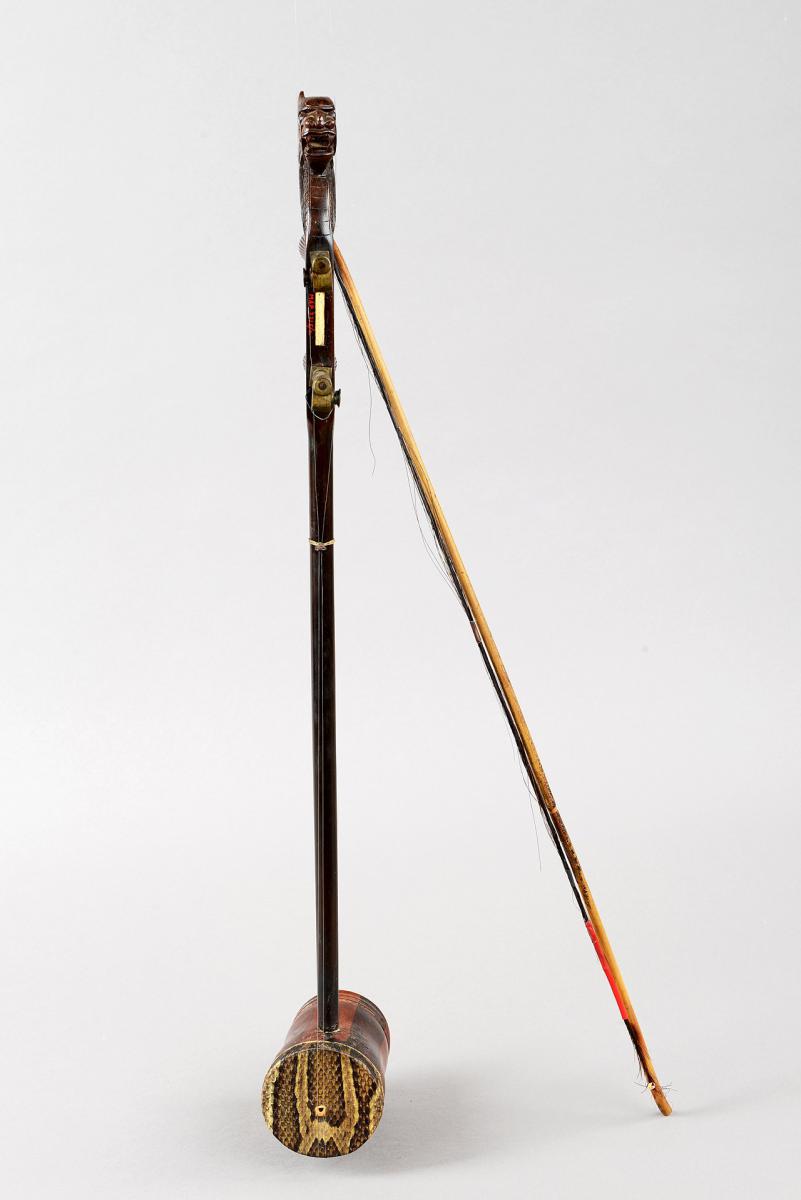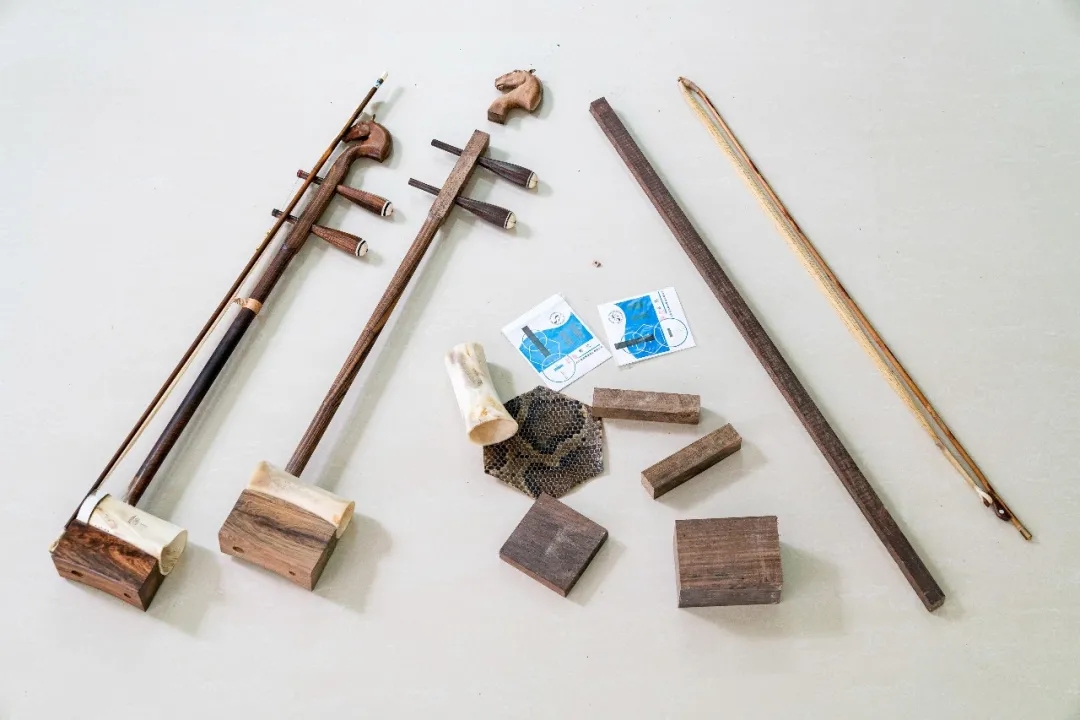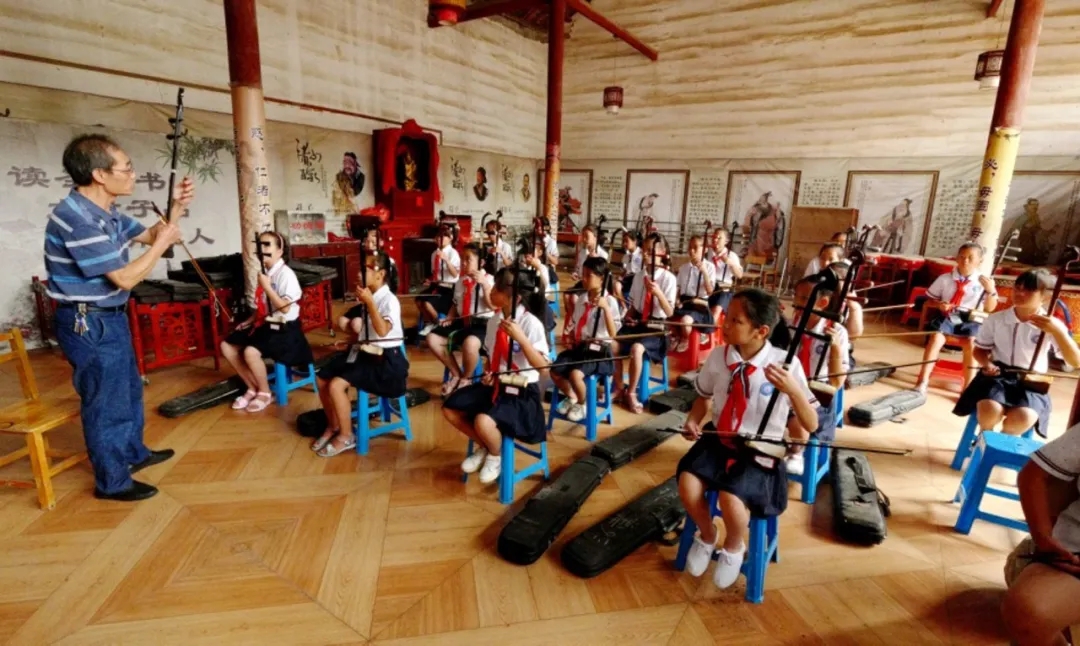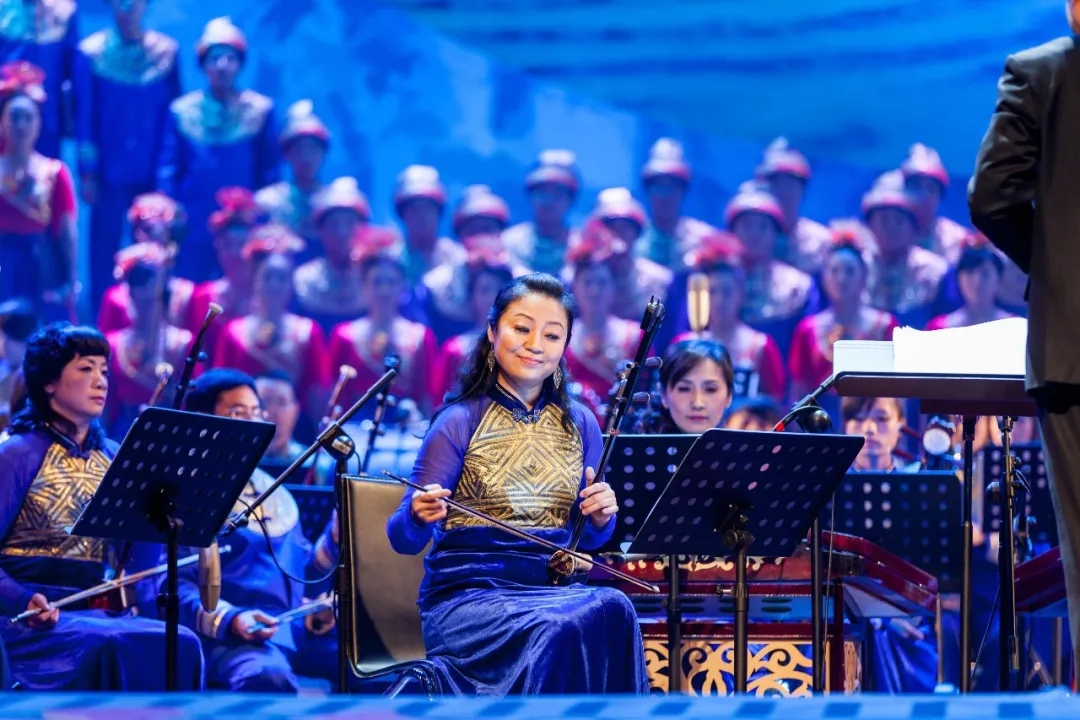

Written by Chen Zhiying

Maguhu, literally meaning horse bone instrument, is another stringed instrument of the Zhuang people. It gets the name because its sound box is made from the femur bone of a horse. The Zhuang people also called it Ran Du or Ran Lie. Originating in Debao County, Baide City, it is often used in solo, instrumental ensemble or accompaniment for folk songs, rap music, Zhuang opera and other dramas. Being the most representative musical instrument of Zhuang ethnic group, Maguhu has beautiful appearance and melodious and crisp sound, and boasts the reputation of the “sacred instrument of music”. With a history of nearly 1,000 years, it is a precious “living” intangible cultural heritage.

Story behind the instrument
About the origin of Maguhu, there is a moving story spreading in the towns of the Zhuang ethnic group. Long time ago, there lived a clever and beautiful girl called Ran, and a hardworking and brave young man, Lie. They grew up together and had a good relationship. Lie often pulled up Tu Hu, a kind of stringed instrument and conveyed his feelings to Ran, who also expressed her love with mellifluous folk songs. A Ran had a fine horse which was covered with jujube red and boasted four snow-white hoofs. With shiny furs and handsome appearance, it was famous far and wide. The chieftain wanted to buy the horse with a large amount of money, and when he saw Ran who looked like a fairy, he forced her to get marry. Ran would rather die than submit and thus was locked up in a house. In a rage, the chieftain stripped off the horse’s skin Culture & Tourism and bone and threw it in front of Ran, threatening to peel her skin if she didn’t marry him. Seeing her beloved horse which had been tragically suffered, she was sad and angry. She pulled out some long tails, picked up a thigh bone, and asked the servant to take them to Lie. Lie made a unique horse bone instrument (Maguhu) with thigh bone as sound box and tail as bow hair. The voice of Maguhu was loud and resounding through the valley. From the wonderful sound of the Maguhu, Ran knew the time and method for Lie to rescue her. At night, Lie climbed over the high wall, rescued Ran, and shot the chasing chieftain. From then on, they left the cottage where they were born, traveled all over the Zhuang towns, taught villagers the skills of playing Maguhu. To commemorate the young people who taught the skills of playing Maguhu, people gave the instrument a name “Ran Lie” and inherited from generation to generation.
Developing making techniques of Maguhu
Maguhu belongs to the Chinese stringed instrument in the Huqin family of musical instruments. It mainly consists of three parts, namely sound box, neck, and bow. Maguhu has two strings and its sound box is made from horse bones (or alternatively a cow or mule) and measures between ten and twelve centimeters long and five centimeters wide. The front side of the sound box is usually covered with snake skin (or, alternatively, shark or frog skin). The neck of the Maguhu can be from about forty-five to sixty centimeters long tapering down towards the head. The neck is built of rosewood and sometimes bamboo. Carved with floral patterns and sometimes designs of shaped like horses, the head tops off the elegant look of Maguhu. The instrument’s turning pegs are usually wooden, while sometimes animal horn. The two strings on the instrument have in the past been either sheep intestines or silk. Compared to other stringed instruments, the Maguhu’s bow is short.

Tips: Maguhu mainly makes up of scrub, bridge, snakeskin, soundbox, neck, strings,
restraining loop, head, bow, and bow hair.
After the founding of the China, the quality of Maguhu construction has improved, using the bone of Mongolian horse and oxen for the sound box. These large foreign breed animals produce finer and considerably louder music. The stem of the Maguhu has also been shortened and thickened and the pegs are now almost always rosewood. The sheep and silk strings have been replaced with steel wires. Chinese artists have adopted the bow of the Erhu for use on the Maguhu. The way the instrument is played has also been changed. Previously, it was held between the legs when played. Now, it rests on the legs during its use. Today, the tone of the Maguhu has grown to be more melodious, much like the Jinghu, but gentler and more beautiful. Boasting sound featuring crisp, transparent, melodious, and penetrating, Maguhu is known as the sound of nature in Zhuang folk music. In May 2010, Maguhu in Debao County was listed in the intangible cultural heritage list of Guangxi. In 2012, Debao County also won the title of “home of Zhuang Maguhu Art” and “home of Chinese folk culture and art”.

With the development of Zhuang Opera, Maguhu has also been inherited and developed accordingly. Artists have made a lot of modifications to its structure and produced a more expressive Maguhu. Debao County has also actively opened the first Maguhu training base for children in Guangxi and published relevant books to promote the wonderful instrument of Zhuang Maguhu art all over the world.
桂ICP备14000177号 Copyright@2006-2013 Guangxi China-ASEAN Panorama Magazine Agency Co., Ltd. All Rights Reserved